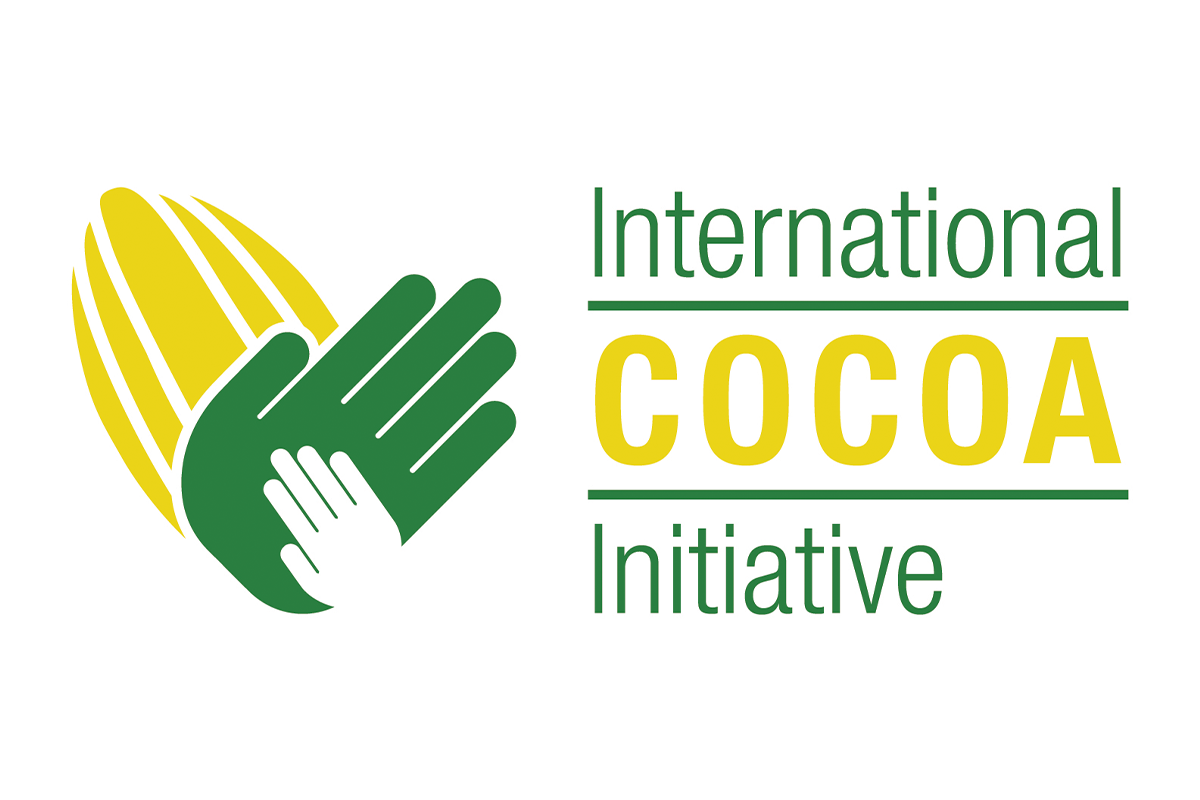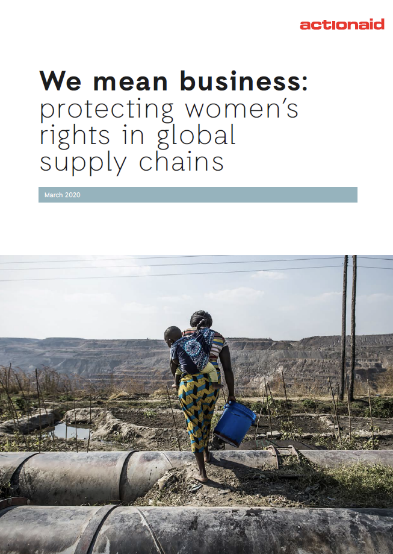Steps 1-5 focus on identifying and addressing human rights risks and their adverse impacts. Providing remediation is an important process that follows from, and supports, the first five GRDD steps. The primary purpose of grievance and remediation processes is to remedy adverse impacts that have already taken place. At the same time, they provide companies with useful data on where in the supply chain human rights risks occur. Gender-responsive remediation means processes and mechanisms are designed to ensure equal access and equal outcomes. To achieve this, corporate grievance mechanisms must be accessible, efficient, safe and fair to women, taking the barriers women are more likely to face into account with respect to language, literacy levels, access to information and digital technology, mobility, and lack of time due to unpaid care responsibilities [1].
1. Providing for or cooperating in remediation of adverse impacts
When a company identifies that it has caused or contributed to adverse impacts, it should address such impacts by providing for, or cooperating in, their remediation. The type of remedy that is appropriate depends on several factors, including the nature and extent of the adverse impact, relevant laws, regulations and standards. Whether other companies have already provided remediation may need to be considered. It is critically important to consider the preferences of those affected and to be gender-responsive by recognising that the remediation needs of women specifically may differ. For instance, take the case of a company in the extractive sector that has polluted a river, with the effect that several villages in the area need to travel much further to obtain their drinking water. While the men in the villages are looking for a financial compensation from the company, women might prefer a different remedy as they are the ones responsible for fetching water for their families. For them, a source of drinking water that is closer to their villages, will help them most. This would limit the time they need, and the safety risk they run, when fetching water.
2. Cooperating with external remediation mechanisms
Besides internal mechanisms and processes, there are also external or third-party legitimate grievance mechanisms through which impacted stakeholders and rightsholders can raise complaints and seek to have them addressed. An example of such an external mechanism is the National Contact Points that have been established by governments adhering to the OECD Guidance. When the implementation of the Guidance leads to a difference of opinion between stakeholders, or when stakeholders believe that a company is not adhering to the Guidance, this can be brought to the NCP for resolution. The NCP can then assist the involved parties in finding a solution to avoid further escalation or reputational damage.
Gender and remediation
Women face many barriers when seeking remediation and justice. To ensure women have equal access to remediation and benefit from it equally, companies need to be conscious about designing a gender-responsive grievance mechanism. This involves, among other things:
- Ensuring gender diversity in grievance mechanism staff and providing them with gender sensitivity and unconscious bias training
- Involving gender committees and women counsellors in remediation processes
- Ensuring visibility of grievance mechanisms to all individuals, including women and marginalised groups, taking into account potential lower literacy levels
- Providing for independent, gender-sensitive investigations of violations and committing to addressing gender-linked power imbalances during dispute resolution processes
- Protecting all people who register complaints from reprisals
- Monitoring the grievance mechanism to ensure that access and remediation outcomes are provided on an equal basis.
Furthermore, women face specific barriers when trying to access justice through state-based institutions. There are many reasons for this, including:
- Socio-economic and cultural barriers:
- fear and shame;
- a lack of knowledge about official procedures and available assistance;
- economic dependence and concern for children.
- Legal and procedural barriers:
- gaps in legislation on women’s rights;
- limited use of anti-discrimination legislation on the ground of gender;
- gender-blind legislation which may lead to systemic inequalities;
- limited remedies for indirect discrimination of women;
- corruption and low conviction rates;
- negative gender stereotypes in courts and among law-enforcement officials.
Companies should be aware of those barriers when they design and implement grievance mechanisms and remediation processes.
In 2019, the Workers’ Rights Consortium (WRC) published an alarming report after a two-year investigation into sexual abuse at garment factories in Lesotho. It found that managers and supervisors regularly coerced female workers into sexual relationships by promising promotions or full-time contracts. The investigation also found that management failed to take disciplinary action against offenders, and that workers’ right to unionise was suppressed, preventing them from collectively raising their concerns. The factories were suppliers for several leading denim brands, including Levi Strauss & Co. and Kontoor Brands.
“All of the women in my department have slept with the supervisor,” one worker told the labour rights group. “For the women, this is about survival and nothing else … If you say no, you won’t get the job, or your contract won’t get renewed.”
Another claimed no action was taken against her supervisor despite a complaint to personnel about inappropriate touching: “They said they would fix it. No action was taken. Then I just let it go because they didn’t do anything about it.”
The abuses violated workers’ rights under Lesotho’s labour laws, international standards and the codes of conduct of the brands sourcing from the factories. Notably, the abuses were not detected by the factories’ voluntary codes of conduct or monitoring programmes nor by the audits from the brands. Managers put pressure on employees “to lie” to auditors, the report claims. ”We are demanded to lie on behalf of the company,” one worker was quoted as saying. “The people that buy the product of the company were on site, and we were threatened that if [anyone told] the truth of what really happens, it might jeopardise their jobs.
Despite the existence of social auditing programmes that aim to address gender-based violence, workers remained vulnerable to abuse. The internal complaints procedure in place asked workers to trust the very management responsible for the abuses and ignore the power imbalance between workers and their supervisors, who may be perpetrators of abuse.
Sources:
In 2019, the Workers Rights Consortium (WRC) published an alarming report after a two-year investigation into sexual abuse at garment factories in Lesotho. It found that managers and supervisors regularly coerced female workers into sexual relationships by promising promotions or full-time contracts. After the report was published, the factories and brands involved partnered with the WRC, local unions, and local women’s rights organisations to remedy the situation:
- WRC did not ask the brands to stop supplying from the factories. Instead, they were asked to maintain the business relationship and use their leverage to convince the factories to change its practices—consistent with the best interests of the workers. Termination of the business relationship should be a last resort, given the economic consequences for workers.
- The brands have responded appropriately, engaging with the company owning the factories, Nien Hsing, and requiring reforms. As a result, Nien Hsing signed memoranda of understanding with the three unions representing workers at the factories, granting them access to the factories and their workers, and significantly limited the use of short-term contracts, which had made workers especially vulnerable to abuse.
- The factories have committed to accept an independent oversight mechanism with the power to protect women workers from harassment and abuse, and the brands have agreed to condition the business on keeping its commitment. The complaint-handling and fact-finding body receives and investigates complaints, determines the remedial measures that are necessary, and has the power to direct Nien Hsing to promptly implement these remedies, up to and including the dismissal of managers who have harassed or coerced employees.
- The programme was publicised to factory workers, supervisors, and managers through a programme of education and training on sexual harassment directed by the independent complaints-handling and fact-finding body, by the unions representing workers at Nien Hsing, and by leading Lesotho women’s organisations.
The programme is primarily funded by the brands.
Finally, Levi Strauss & Co. has also launched a cross-functional Gender Equity Taskforce made up of representatives from their sourcing, sustainability and global policy teams, and from the Levi Strauss Foundation. The task force works with industry experts to ensure that issues tied to gender equity are considered in all monitoring and audits, all workers have access to appropriate reporting channels, and all workers have effective representation with management.
Sources:




